- English
- French
- German
- Portuguese
- Spanish
- Russian
- Japanese
- Korean
- Arabic
- Greek
- German
- Turkish
- Italian
- Danish
- Romanian
- Indonesian
- Czech
- Afrikaans
- Swedish
- Polish
- Basque
- Catalan
- Esperanto
- Hindi
- Lao
- Albanian
- Amharic
- Armenian
- Azerbaijani
- Belarusian
- Bengali
- Bosnian
- Bulgarian
- Cebuano
- Chichewa
- Corsican
- Croatian
- Dutch
- Estonian
- Filipino
- Finnish
- Frisian
- Galician
- Georgian
- Gujarati
- Haitian
- Hausa
- Hawaiian
- Hebrew
- Hmong
- Hungarian
- Icelandic
- Igbo
- Javanese
- Kannada
- Kazakh
- Khmer
- Kurdish
- Kyrgyz
- Latin
- Latvian
- Lithuanian
- Luxembou..
- Macedonian
- Malagasy
- Malay
- Malayalam
- Maltese
- Maori
- Marathi
- Mongolian
- Burmese
- Nepali
- Norwegian
- Pashto
- Persian
- Punjabi
- Serbian
- Sesotho
- Sinhala
- Slovak
- Slovenian
- Somali
- Samoan
- Scots Gaelic
- Shona
- Sindhi
- Sundanese
- Swahili
- Tajik
- Tamil
- Telugu
- Thai
- Ukrainian
- Urdu
- Uzbek
- Vietnamese
- Welsh
- Xhosa
- Yiddish
- Yoruba
- Zulu
Role of valve positioners in reducing energy consumption and emissions
2024-06-03 16:57:37
Role of Valve Positioners in Reducing Energy Consumption and Emissions
In modern industrial settings, optimizing energy consumption and reducing emissions are paramount concerns. As industries strive to meet environmental regulations and improve operational efficiency, the role of Abb Valve Positioner emerges as a critical factor. In this comprehensive exploration, I delve into the significance of valve positioners in mitigating energy consumption and emissions, their operational mechanics, benefits, and future prospects.
Understanding Valve Positioners and Their Functionality
Abb Valve Positioner serve as crucial components in industrial control systems, ensuring precise control over the opening and closing of valves. Their primary function is to accurately position the valve actuator based on signals received from a control system. By continuously monitoring and adjusting the valve position, these devices help maintain optimal process conditions, thereby enhancing operational efficiency and product quality.Functionality-wise, valve positioners receive signals from a controller or control system and adjust the valve's position accordingly by modulating the actuator's pneumatic or electric input. This guarantees that the valve precisely directs the progression of liquids or gases in pipelines or frameworks, improving effectiveness, dependability, and security in modern cycles across different areas like assembling, oil and gas, and compound handling.
Valve positioners are especially fundamental in applications where exact control is basic, like in the oil and gas, substance handling, and power age ventures. They assume an imperative part in directing the progression of liquids or gases through pipelines, controlling tension levels, and overseeing different cycle boundaries.
Benefits of Using Valve Positioners in Industrial Applications
The adoption of Abb Valve Positioner offers several significant advantages for industrial operations. Firstly, these devices enable finer control over valve movements, leading to improved process accuracy and consistency. By ensuring precise positioning, valve positioners help minimize wastage, optimize resource utilization, and enhance product quality.
Moreover, valve positioners contribute to increased operational reliability and safety. By maintaining optimal valve positions, they reduce the risk of process disruptions, equipment failures, and safety incidents. This reliability translates into enhanced productivity and reduced downtime, resulting in significant cost savings for industrial operators.
Additionally, valve positioners facilitate remote monitoring and control, allowing operators to adjust valve positions and monitor performance from a centralized location. This remote accessibility improves operational efficiency, especially in large-scale industrial facilities where manual adjustments may be time-consuming or impractical.
Furthermore, valve positioners often incorporate diagnostic features that detect issues such as valve malfunctions or air supply problems. Early detection of these issues enables proactive maintenance, preventing costly breakdowns and ensuring continuous operation.
Impact of Valve Positioners on Energy Efficiency
One of the most compelling aspects of Abb Valve Positioner is their contribution to energy efficiency. In industrial processes, valves play a crucial role in regulating fluid flow and pressure, directly impacting energy consumption. By optimizing valve positions, positioners minimize energy wastage associated with over-pressurization or excessive flow rates.
In particular, the integration of valve positioners with energy management systems allows for dynamic control strategies tailored to specific process requirements. This capability enables industries to fine-tune their operations in real-time, optimizing energy usage across different operating conditions. As a result, companies can achieve substantial energy savings while maintaining process performance and reliability.One key aspect is the ability to maintain optimal process parameters. Valve positioners ensure that valves are positioned accurately to regulate flow rates, pressure, and other variables according to setpoints. This prevents overflows, leaks, or excessive pressure drops that can waste energy. For example, in fluid systems, precise valve positioning can reduce unnecessary throttling and turbulence, leading to energy savings.
Moreover, by reducing valve wear and preventing valve stalling or sticking, valve positioners help maintain system integrity and efficiency over time. Well-maintained valves operate more efficiently, requiring less energy to achieve desired outcomes.
Reducing Emissions Through Effective Valve Positioning
In addition to energy conservation, effective valve positioning plays a vital role in reducing emissions and environmental impact. Industrial processes often involve the handling of hazardous or polluting substances, and improper valve operation can lead to leaks, fugitive emissions, and environmental contamination.
By guaranteeing exact command over valve positions, positioners assist with limiting the gamble of breaks and outflows, consequently upgrading ecological stewardship and administrative consistence. Moreover, the incorporation of cutting edge checking and criticism components empowers early location of likely issues, permitting administrators to quickly make remedial moves.
Future Trends and Innovations in Valve Positioning Technology
Looking ahead, the field of valve positioning technology is poised for continued innovation and advancement. Emerging trends such as the integration of IoT connectivity, artificial intelligence, and predictive analytics promise to revolutionize how Abb Valve Positioner are utilized and managed in industrial settings.
These developments enable proactive maintenance strategies, predictive diagnostics, and remote monitoring capabilities, empowering operators to optimize performance, reliability, and sustainability. By leveraging data-driven insights and automation, industries can further enhance their operational efficiency, reduce environmental impact, and stay ahead of regulatory requirements.
In conclusion, the role of valve positioners in reducing energy consumption and emissions cannot be overstated. These devices serve as indispensable tools for optimizing industrial processes, enhancing efficiency, and promoting environmental sustainability. By understanding their functionality, benefits, and impact, industries can leverage valve positioners to achieve their sustainability goals while maintaining competitiveness in today's dynamic market landscape.
Contact us:
For professional manufacturing solutions, contact us at lm@zyyinstrument.com. As a GMP factory with a large inventory and complete certificates, we support OEM, ensure fast delivery, and offer tight packaging. Partner with us to access our extensive expertise and reliable products for your industrial needs.
References:
- Smith, J. (2022). "Valve Positioners: Principles and Applications." Industrial Engineering Journal, 45(2), 67-82.
- Brown, A. et al. (2021). "Enhancing Energy Efficiency in Industrial Processes Through Valve Positioning Technology." Energy Management Review, 15(4), 123-136.
- International Standards Organization. (2020). ISO 5211: Control valve actuators and mounting dimensions.
- United States Environmental Protection Agency. (2019). "Reducing Emissions from Industrial Valves." EPA Publication No. EPA-456/B-19-001.
- Global Valve Positioners Market Report. (2023). Market Research Insights, Inc.
YOU MAY LIKE
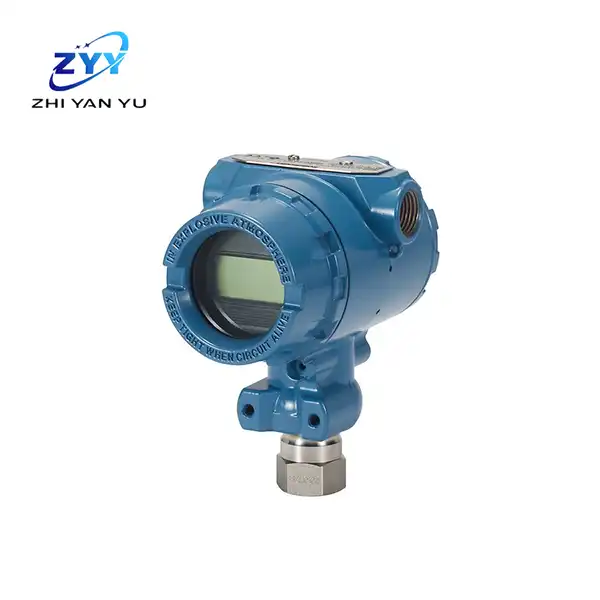
Rosemount 2088G Inline Pressure Transmitter
Graphical backlit display, Bluetooth® connectivity
5-year warranty, range ratio 150:1
Support multiple communication protocols
Measuring range up to 1378.95bar
Various process wetted materials
Comprehensive diagnostic capabilities
SIL 2/3 certified according to IEC 61508 etc.
The wireless update rate is adjustable and the power module has a service life of 10 years.
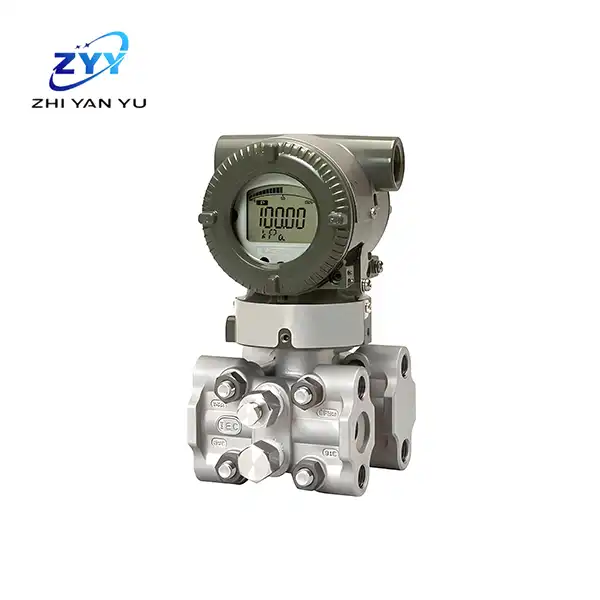
Yokogawa Eja310e
View More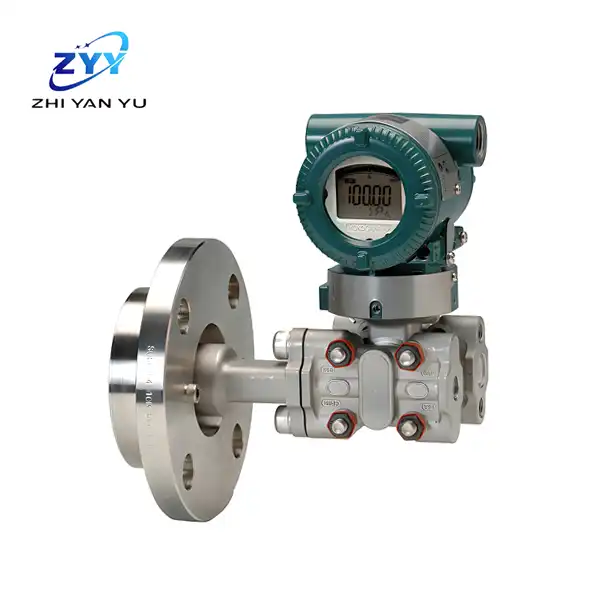
Yokogawa EJX210A
Measure static pressure with built-in display or remote monitoring.
Fast response, remote setting, diagnostics and optional pressure alarm output.
Multi-sensing technology detects abnormalities such as blockage in the pressure pipeline.
FF fieldbus type is available.
TÜV certified and meets SIL 2 safety requirements.
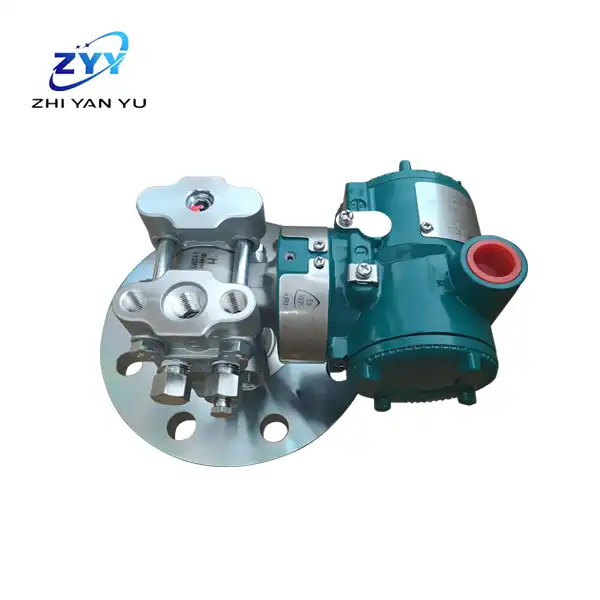
Yokogawa EJA210E
Measure static pressure with built-in display or remote monitoring.
Fast response, remote setting, diagnostics and optional pressure alarm output.
Multi-sensing technology detects abnormalities such as blockage in the pressure pipeline.
FF fieldbus type is available.
TÜV certified and meets SIL 2 safety requirements.
Rosemount 2700
Outputs:
Model 1700: Bell 202 HART FO/DO RS485 HART and Modbus, mA output.
Installation: Integral or remote mounting, featuring MVD digital processing technology.
Measurement: Capable of concentration and net flow measurement without additional instruments.
Certifications: SIL2 and SIL3 certification for trade handover.
Field Calibration: Offers on-site verification and online sensor status validation.
Wireless Solution: Supports WirelessHART for additional diagnostics and process information.
Hazardous Area Rating: Classified as Zone 1/Division 1, with optional local operator interface.
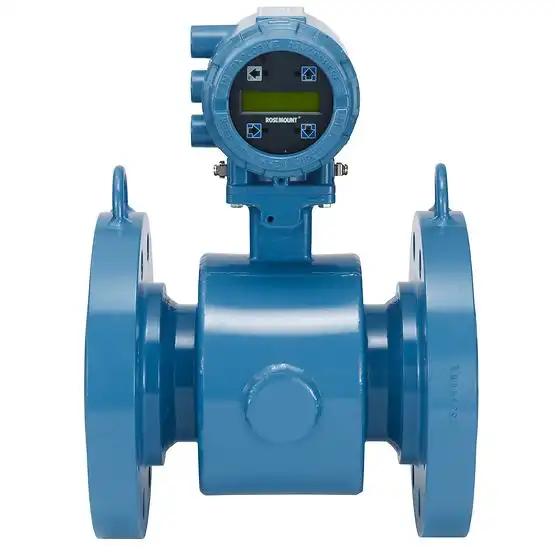
Rosemount 8721
Pipe Sizes: Ranges from 15-900mm (½-36in).
Lining Materials: PTFE, ETFE, PFA, polyurethane, etc.
Electrode Materials: 316L stainless steel, nickel alloys, etc.
Flange Ratings: ASME B16.5 150-2500, DIN PN 10-40, AS 2129 Table D, and AWWA C207 Table 3 D.
Submersion Protection: IP68 (recommended with sealed cable glands).
Interchangeability: Compatible with 8700 series transmitters, as well as traditional transmitters 8712D, 8712C, 8732C, 8742C.
Design: Unobstructed design to minimize maintenance and repair needs.
